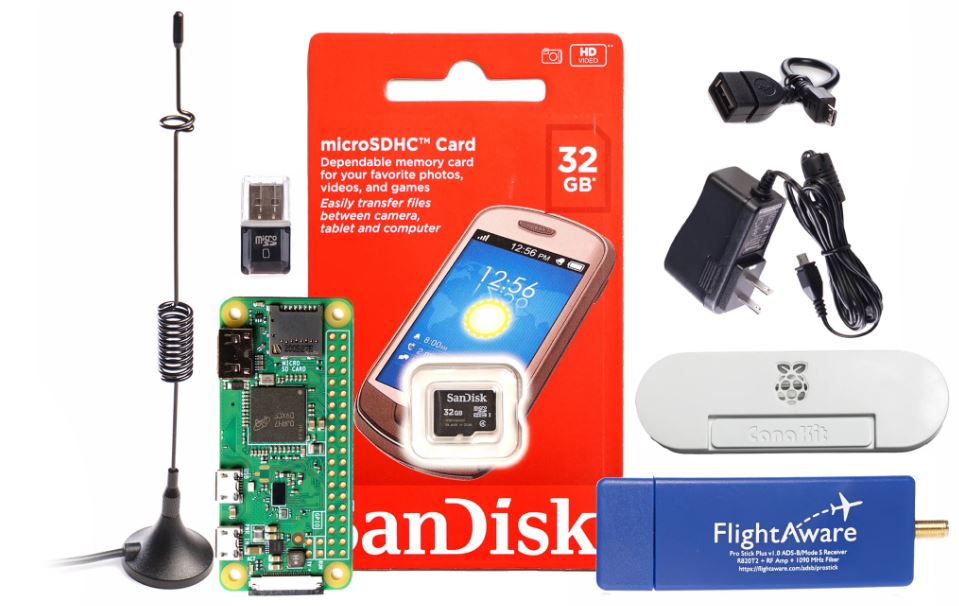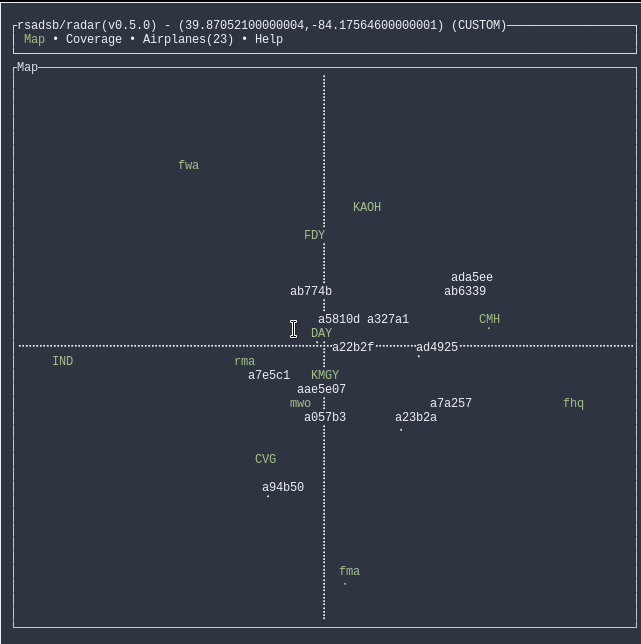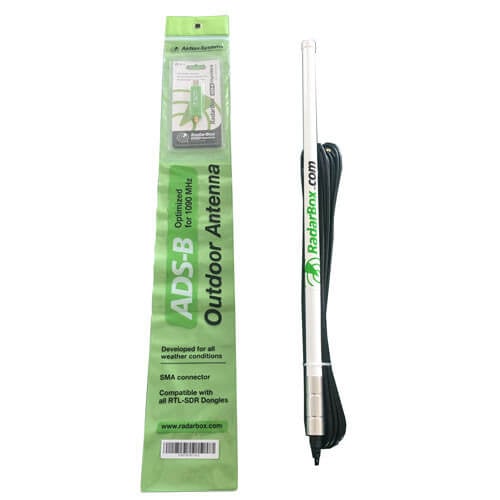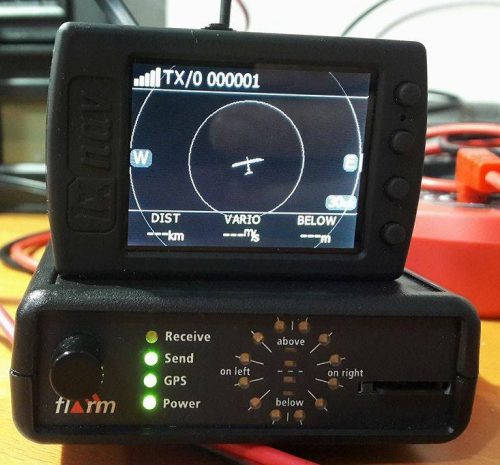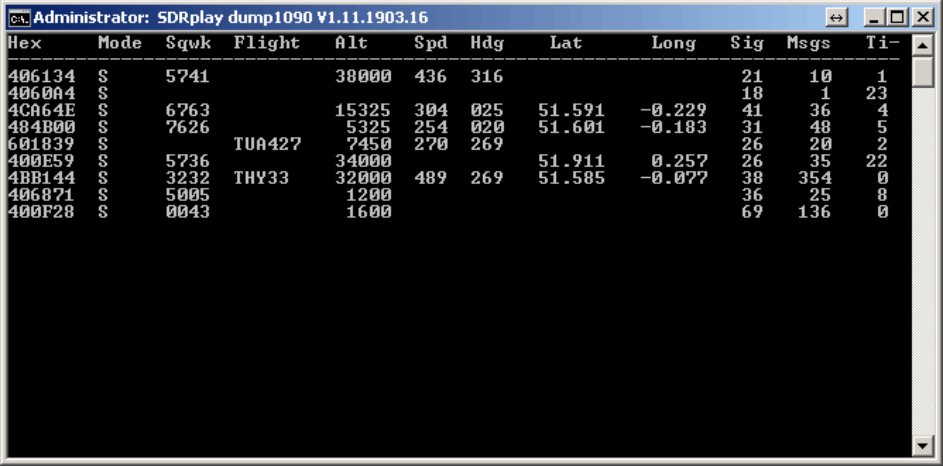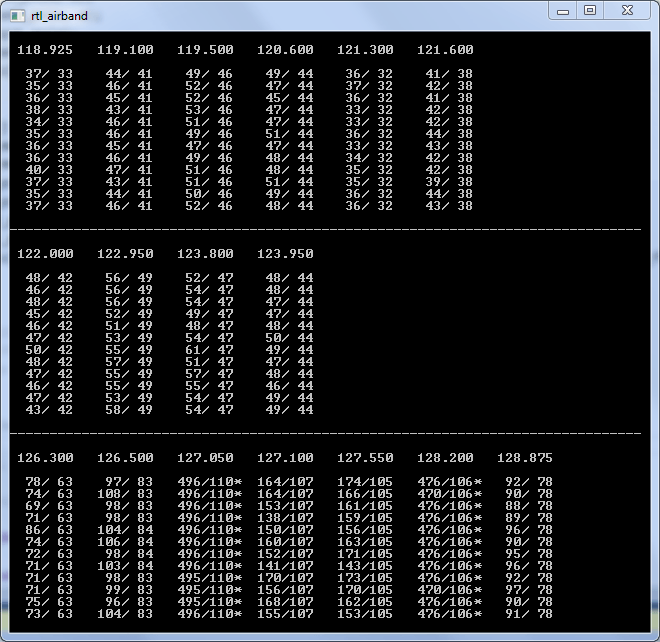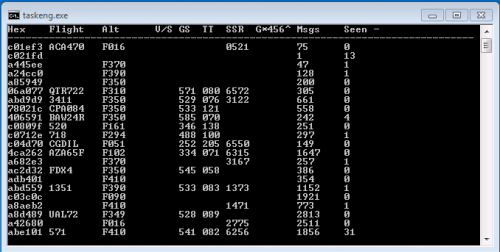An Inside Look into FlightAware’s RTL-SDR
Over on the FlightAware blog, Hardware and Software Engineers Eric Tran and Ziquan Wang have put up a blog post showing how they have designed the FlightAware RTL-SDR hardware and software, and detail some future plans.
FlightAware is a company that specializes in distributed ADS-B aggregation, in order to produce real time maps and information about what aircraft are in the air. In 2021 FlightAware was acquired by Collins Aerospace, which is a subsidiary of Raytheon Technologies, a large US aerospace and defense contractor.
Most of the data that FlightAware obtains comes from volunteers all around the world running an RTL-SDR dongles on their Raspberry Pi based image. The dongles receive the ADS-B 1090 MHz broadcasts from aircraft which contain information about the aircraft including GPS location.
Back in 2016 they released the FlightAware ProStick, which is an ADS-B optimized RTL-SDR with onboard 1090 MHz LNA. Later in 2017 they released the Prostick Plus which improved performance in high interference areas due to the addition of a 1090 MHz SAW filter.
Their post goes into more detail about their products, and note that they are currently designing a new Prostick Plus with filter placed before the LNA instead of after. They also discuss how they are looking into higher end 12-bit ADCs for their receiver hardware, and at creating a dual channel receiver for the 978 MHz UAT band as well. They then go on to discuss the software architecture behind the ADS-B decoder they use.
